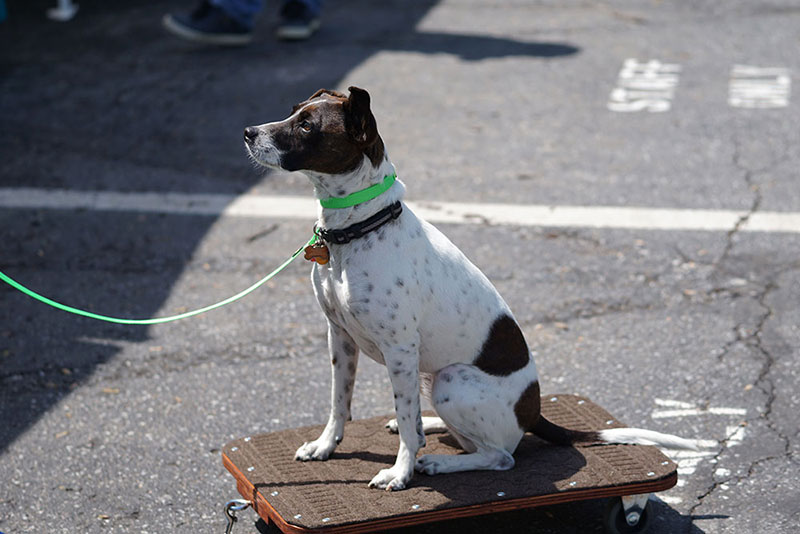No. Off leash obedience is achieved in our 401 program. The progression towards that. Our steps towards off leash work are as follows:
Training 101: Relationship and foundation
Training 201: Core Obedience – On leash, dropped leash and long line progressions in obedience work.
Training 301: Intermediate Obedience – Greater distance work with long line, more complex tasks like permanent and temporary boundary work, and introduction to a remote training collar. Additionally, this program requires more extensive proofing in higher distraction environments.
Training 401: Advanced obedience – Transition to from long line to off-leash, remote training collar work. Proofing under heavy distractions. Obedience commands from distance.

